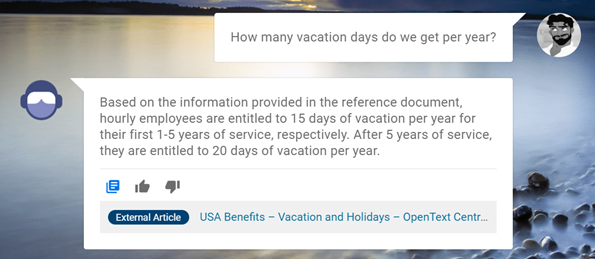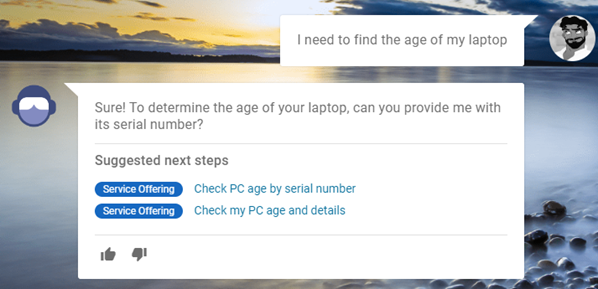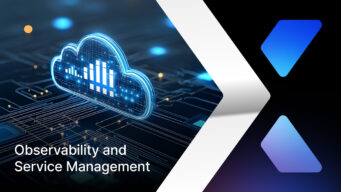Generative AI
Generative AI is a trending topic in ITOps. As Harvard Business Review put it, “AI won’t replace humans—but humans with AI will replace humans without AI.” This quote caught my eye because it succinctly expresses why AI has captured our attention. Generative AI has the potential to transform technology and give an edge to those who adopt it. In other words, if you don’t have an AI strategy, you risk being left behind.
What I&O leaders tell us
I&O leaders tell me that meeting user expectations with limited resources is one of their toughest challenges. In a time of skilled staff shortages and budgets that can’t keep up with buying power, generative AI has a big role to play in elevating the IT service experience. By providing human-like, contextually relevant responses paired with workflow automation, generative AI empowers users to resolve common service requests on their own. This in turn reduces the need for Tier 1 support and lowers operational costs.
Three approaches to GenAI in ITSM
ITSM vendors have taken three approaches to incorporating generative AI into their platforms—by integrating with a public model like ChatGPT, by combining data sets from multiple customers in a shared large language model (LLM), or by building a private LLM. Here at OpenText, we chose to embed a private LLM into our ITOps platform for two reasons. First, we want to prevent exposing your proprietary data or intellectual property. Second, we learned early on that supporting enterprise-level ITSM use cases cannot be adequately addressed with public generative AI offerings.
IT Operations Aviator
Our private generative AI service is called IT Operations Aviator. It has been available to SMAX SaaS customers since the October 23.4 release. Now, off-cloud SMAX customers can also use Aviator as part of an early adopter program for the January 24.1 release.
Together, SMAX and Aviator can address use cases that include:
- Answering frequently asked support questions—for example, responding to “how to,” hot news, service status, and HR inquiries.
- Summarizing enterprise knowledge—for example, summarizing information from knowledge articles, HR documents, and even external vendor sites such as Microsoft 365.
- Automating service requests—for example, updating user profiles, resetting passwords, deploying VM, and ordering new PCs.


To learn more about Aviator and SMAX, visit our website and be sure to access our ITSM use cases click-through demo.
Related items
- What It Takes to Build a Game-Changing, Enterprise-Ready, Generative AI Virtual Agent
- Read about our range of educational and consulting services to help you succeed.




